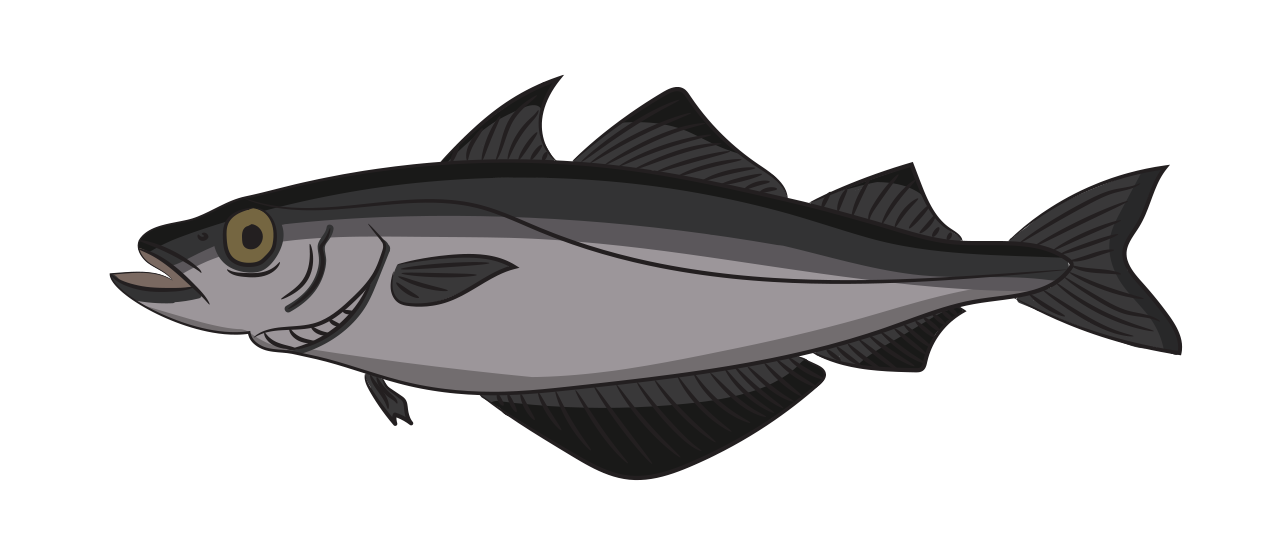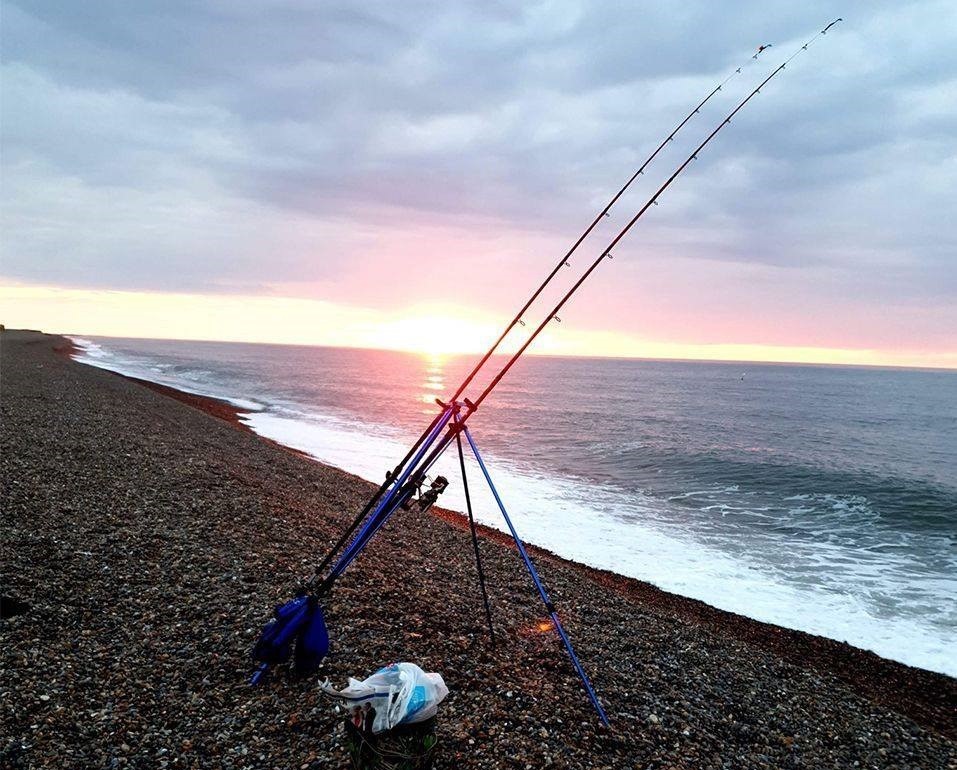Pollock | Fish Species Guide | Angling Direct

Pollock
aka Pollachius pollachius
Sometimes confused with coalfish, pollock have large eyes and mouth and are a brown to greenish grey but can be a coppery colour. With a tendency to live in deeper water pollock will favour feeding over wrecks, rock marks and weedy sea beds across the UK, Ireland and European waters. Pollock also have 3 dorsal fins and the lateral line is high and curves upwards. It can be further identified by its protruding jaw.
There is confusion over the spelling of this species should be spelled with some sources stating that it should be ‘pollock’ and others ‘pollack’. Some people even claim that the pollack spelling means that the European species is being referred to, and the pollock spelling denotes the American Alaskan species.
Stats
Status
Habitat
Found over shallow, rocky water or open waters, 300m below sea level.
Bait
Mackerel, ragworm & sandeel.
Native or Invasive
Native
Where
Atlantic pollock are prolific along the coasts of Northern Europe and tend to stay near structures in deep water.
 Catch Experience
Catch Experience
Video
Blog Highlight
The Ultimate Buying Guide for Sea Anglers - What Equipment Do You NEED to Start Sea or Beach Fishing?
<p>As an island, the UK has plenty of coastlines that provide plenty of opportunities for sea fishing whether it's offshore or beach fishing from the shore. This guide will help you compile the ultimate sea fishing starter kit, covering rods,...
Read More